Last Updated on May 16, 2024 by Marc Seward
What is Cajeput Essential Oil?
Cajeput essential oil is a warming, camphorous oil that wears many hats. This oil is steam-distilled from the twigs and leaves of the cajeput tree and the paperbark tree. Cajeput oil has many health benefits, it can be used as a pain reliever and a natural way to treat respiratory systems in distress.
Native to Australia, Malaysia, and Indonesia, this essential oil is often compared to tea tree oil. The Cajuput tree is in the same family as the tee tree- melaleuca. Tea tree oils are extracted from Melaleuca alternifolia, while cajeput is from Melaleuca Cajuputi or Melaleuca Leucadendra ( var. cajuputi). Both oils do share some similar qualities, a camphor aroma for one, however, cajeput oil has its own unique set of benefits and uses.
Cajeput oil is sometimes called Cajuput oil–named closer to the latin name. The name “Cajeput” comes from the Indonesian word kayu putih, meaning “white wood”. It will sometimes also be referred to as: Minyak Kayu Putih. Any of these names all refer to the same oil–Cajeput.
Cajeput Oil differences from Tea Tree Oil
Tea tree oil and cajeput oil are both steam-distilled from the leaves and twigs. However, chemically, there are distinct component differences between tea tree oil and cajeput oil.
The biggest chemical differences are:
Cajeput contains higher concentrations of 1,8 Cineole (Eucalyptol), limonene, and alpha-Terpineol. Tea tree oil contains more Terpinen-4-ol and gamma-Terpinene. Therefore, cajeput has some properties similar to those found in Eucalyptus (from the Eucalyptol) and Lemon (from the limonene).
As you can see below, the Compounds making up the two oils are significantly different.
Cajeput Oil Composition vs. Tea Tree Oil
Compound makeup of Cajeput Oil:
- 1,8-Cineole 44.8%– 60.2%
- Alpha-Terpineol 5.9%– 12.5%
- Limonene 4.5%– 8.9%
- Beta-Caryophyllene 3.8%– 7.6%
Compounds makeup of Tea Tree Oil:
- Terpinen-4-ol 37.0%– 46.9%
- Gamma-Terpinene 10.0%– 28.0%
- 1,8-Cineole 3.0%– 3.6%
- Para-Cymene 0.5%– 12.0%
- Alpha-Terpinene 7.9%– 10.4%
All the data for essential oils compositions are from this book: Johnson, Dr. Scott A. (2015-07-14). Evidence-Based Essential Oil Therapy: The Ultimate Guide to the Therapeutic and Clinical Application of Essential Oils
Blending Cajeput Oil
Cajeput essential oil blends well with eucalyptus, clove, bergamot, angelica, lavender, geranium, and thyme oil.
Benefits of Cajeput Essential Oil
Cajeput essential oil has many health and medicinal properties, making it essential to keep in your medicine cabinet or first aid kit.

1) Antiseptic
Cajeput oil is effective in fighting infections, serving as a bactericide, antiviral, and fungicide. Keep this antiseptic oil in your first aid kit and apply topically to cuts and wounds to keep them clean and free of infection.
- Apply cajeput oil to cuts inflicted by rusty iron, shielding you from tetanus until you can get to the hospital and get a tetanus shot.
- Cajeput oil is also known to protect you from the influenza virus and infectious diseases like cholera and typhoid.
Old research from 1960 looked at using Cajeput oil for furunculosis-an infection of the hair follicle—which can lead to abscesses. The risk is that these infections are commonly home to Staphylococcus aureus. This “staph” infection may also be methicillin-resistant or MRSA.
The study found that Cajuput oil helped bring about more rapid healing and that the oil had a strong germicidal action versus many of the Staphylococcus aureus strains. (1)
Other studies have looked at Cajeput in combination with other antibiotics. The studies did find some combinations of antibiotics and cajeput oil resulted in synergistic action (2). If you are going to use Cajeput while on antibiotics, you should consult your doctor.
2) Decongestant
If you are suffering from an illness that has you all clogged up, cajeput oil, just like eucalyptus essential oil, is a great way to open up stuffed-up airway passages. Cajeput oil gives immediate relief, eliminating mucous clogging up your nose and throat.
Cajeput oil also alleviates cough, prevents respiratory system infection, and soothes respiratory inflammations such as laryngitis, bronchitis, and pharyngitis.
Some asthma and allergy sufferers should test inhaling small amounts to ensure the high Eucalyptol levels do not cause a reaction.
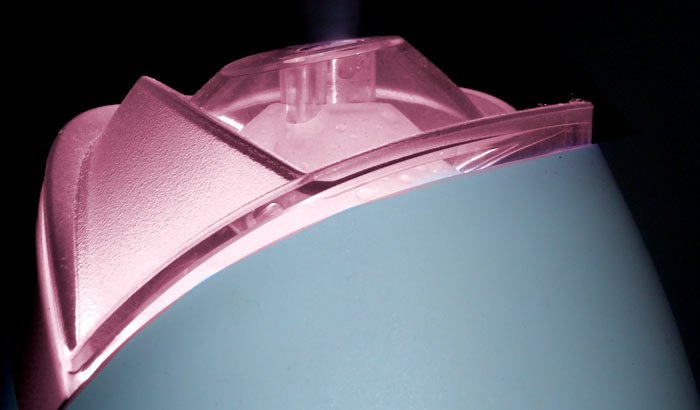
3) Aromatherapy
This uplifting oil works great in a diffuser. Inhale the healing vapors of Cajeput essential oil if you are congested, anxious, or simply want to experience its fresh scent.
Infusing this essential oil is not suitable for those suffering from asthma, as inhaling Cajeput essential oil can trigger an asthma attack. The limonene content might also make this oil unsuitable for ultrasonic aromatherapy diffusers. Check the diffuser manufacturers’ recommendations.
4) Circulation
The warming effect of Cajeput oil helps promote circulation, improve the functioning of your organs, and activate vital secretions. Also a stimulant, Cajeput oil promotes secretion of the Endocrine glands while encouraging your sweat glands. By encouraging healthy sweating, you effectively remove the toxins from your body.
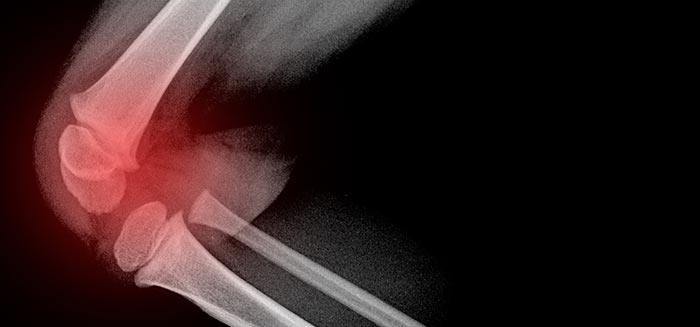
5) Pain Reliever
Cajeput oil is known to be analgesic in nature, meaning that it reduces the feeling and sensations of pain. Applied locally and internally, Cajeput essential oil is a great natural pain reliever that can alleviate any ache. Applying this locally will bring instant relief if you have a toothache or an infected tooth.
- Those who suffer from headaches but hate taking aspirin rejoice. Massaging this oil into your forehead allows you to experience immediate relief without potentially damaging your liver.
When under the supervision of a physician and highly diluted, you can ingest Cajeput oil to reduce achy muscles and joints resulting from colds and fever.
6) Arthritis
For those suffering from rheumatoid arthritis or achy joints, take note: Cajeput essential oil can be massaged onto achy joints when added to a lotion or ointment. This essential oil not only alleviates pain but also helps to reduce inflammation. Alternatively, you could add a few drops to a bath to soak in the benefits.
7) Muscle Cramps
Cajeput essential oil is considered an antispasmodic, meaning it soothes muscle cramps.
- Dilute Cajeput essential oil with carrier oil and massage onto muscles after exercise to provide immediate pain relief, reduce inflammation, and soothe cramping.
8) Fever Reducer
Cajeput oil takes a two-pronged approach when it comes to reducing a fever. First, it fights infection that causes your body temperature to rise. While it eliminates infection from your body, it also stimulates your sweat glands, helping to cool down your body.
9) Eliminates Gas
Gas is painful, uncomfortable, and embarrassing. Fortunately, if you have a little vial of Cajeput essential oil in your medicine cabinet, you can put your gaseous problems behind you. Cajeput essential oil works as a carminative, meaning it not only provides immediate relief, but it also inhibits the formation of gas and removes the gas lurking in your intestines.
This essential oil is also a great digestive aid, promoting the secretion of digestive juices enzymes to help effectively break down food and absorb its nutrients. This soothing oil helps prevent such digestive disorders as colic, indigestion, cramps, dysentery, and enteritis.
10) Skin Care
Cajeput essential oil works at a great astringent to include in your daily skincare routine. The antibacterial properties of this oil not only prevent infection and blemishes from forming on your skin, but it also helps to tone the skin while revealing a radiant glow. Cajeput is often used in commercial cosmetics and antiseptic creams for these very reasons.
11) Psoriasis and Scabies
When applied topically, this antiseptic oil is also great for treating fungal skin infections. Dilute a couple of drops of Cajeput essential oil in a carrier oil and apply it to the skin. This will fight the fungus responsible for psoriasis and scabies and serve as a great prevention measure for those who chronically suffer from fungal skin problems.
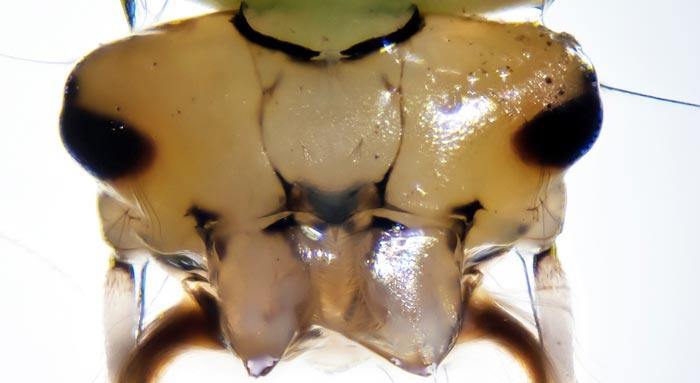
12) Insect Repellent
Cajeput essential oil is a great way to keep insects away if you are planning on spending time outdoors. Diluting Cajeput oil with a carrier oil and rubbing it on your skin will protect you from insects, particularly mosquitoes and their stinging bites.
- This powerful oil can be sprayed or vaporized when diluted to keep mosquitoes out of your home.
- Dip a mosquito net with Cajeput oil for extra protection.
13) Intestinal Worm
Under the direct supervision of a physician and diluted with water, the antibacterial properties of this oil may kill worms in your intestines.
Again, please read about ingesting oils. In general, it is not recommended without guidance.
14) Cajeput Oil for Henna
Another use for Cajeput oil is in Henna for your Hair. According to “The Henna Page,” Cajeput, Tea Tree, and Ravensara are all excellent additions to darken Henna. It is the terpenes in these oils that do the work. Tea Tree has the highest terpene levels but Cajeput should be very close–and typically has a better smell.
People Also Ask / FAQ
What is cajeput oil?
Cajeput oil is an essential oil extracted from the leaves and twigs of the cajeput tree, scientifically known as Melaleuca cajuputi. It is well-known for its fresh, camphoraceous scent and is commonly used for its therapeutic properties in traditional medicine.
How do you use cajeput essential oil?
Cajeput essential oil can be used in various ways. You can add a few drops to a bowl of hot water for respiratory issues and inhale the steam. For muscle and joint pain, dilute it with a carrier oil and massage the affected area. It can also be added to bathwater or used in a diffuser to alleviate cold and flu symptoms.
What is cajeput oil good for?
Cajeput oil is beneficial for a range of ailments. It is particularly good for respiratory issues like colds, coughs, and flu due to its decongestant properties. It also helps relieve muscle and joint pain, reduce inflammation, and treat skin infections. Additionally, it can be used as an insect repellent.
Does cajeput oil have antimicrobial properties?
Yes, cajeput oil has strong antimicrobial properties. It is effective against bacteria, viruses, and fungi, making it a popular choice for treating infections, disinfecting wounds, and as an ingredient in natural cleaning products. Its antimicrobial action helps prevent the spread of germs and supports overall health.
Cajeput Essential Oil Final Notes
- You should always consult a physician before using essential oils to treat any condition. A physician can tell you if essential oils have any adverse side effects, may complicate pre-existing conditions, or have negative effects when paired with other medications.
- Cajeput essential oil is not considered safe for the use of pregnant women, women who are breastfeeding, and children.
- For those suffering from asthma, beware: inhaling this essential oil can trigger an asthma attack. Essential oils with high levels of 1,8 Cineole (Eucalyptol) are generally not recommended for children or people with allergies.
- While a 2002 study did examine Melaleuca tree allergens and did not find anything significant—it still could cause irritation and sensitization for some. (3)
- Before utilizing this essential oil as a treatment, do a patch test to ensure you are not allergic to Cajeput essential oil.
- Cajeput essential oil can be used on its own or in conjunction with other essential oils to experience maximum benefits.
A Summary of Common Melaleuca oils:
Cajeput Oil
Source: Derived from the leaves and twigs of the cajeput tree (Melaleuca cajuputi).
Aroma: Fresh, camphoraceous scent.
Uses: Known for its antiseptic, analgesic, and anti-inflammatory properties. Commonly used in treating colds, flu, and respiratory issues, as well as in muscle and joint pain relief.
Tea Tree Oil
Source: Extracted from the tea tree leaves (Melaleuca alternifolia).
Aroma: Medicinal, earthy scent.
Uses: Renowned for its powerful antibacterial, antifungal, and antiviral properties. Widely used in skincare for acne, cuts, and infections and in household cleaning products.
Source: Obtained from the leaves of the Rosalina tree (Melaleuca ericifolia).
Aroma: Sweet, floral, and slightly woody.
Uses: Combines the benefits of tea tree and lavender oils. Gentle on the skin, making it ideal for respiratory support, skincare, and stress relief.
Niaouli Oil
Source: Derived from the leaves of the niaouli tree (Melaleuca quinquenervia).
Aroma: Fresh, slightly sweet, and camphoraceous.
Uses: Has antiseptic, analgesic, and expectorant properties. Used for skin infections and respiratory conditions and to boost the immune system.
These oils are all from the Melaleuca family, and while they share similar therapeutic properties, especially their antimicrobial and anti-inflammatory effects, there are differences in their makeup and use.
References
(1) http://www.ncbi.nlm.nih.gov/pmc/articles/PMC2641589/
(2) http://www.ncbi.nlm.nih.gov/pubmed/1293213
(3) http://www.ncbi.nlm.nih.gov/pubmed/12452213
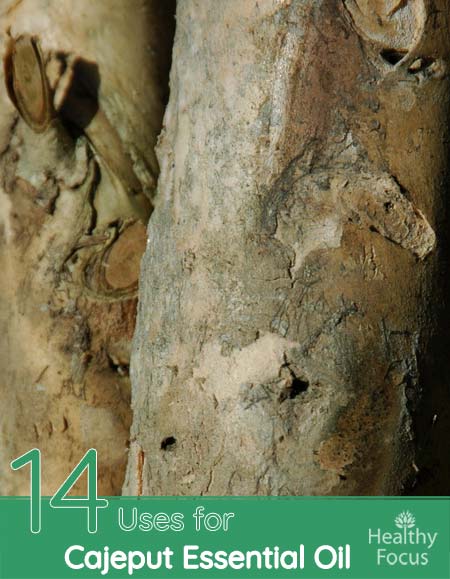
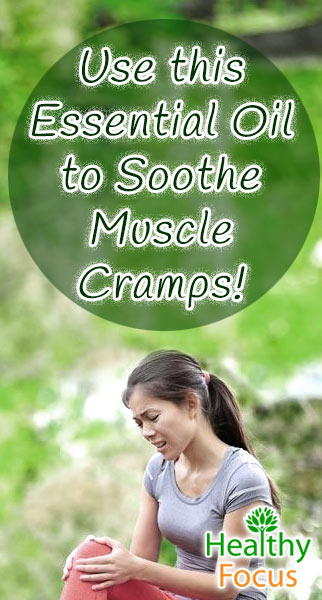
Leave a Reply
You must be logged in to post a comment.